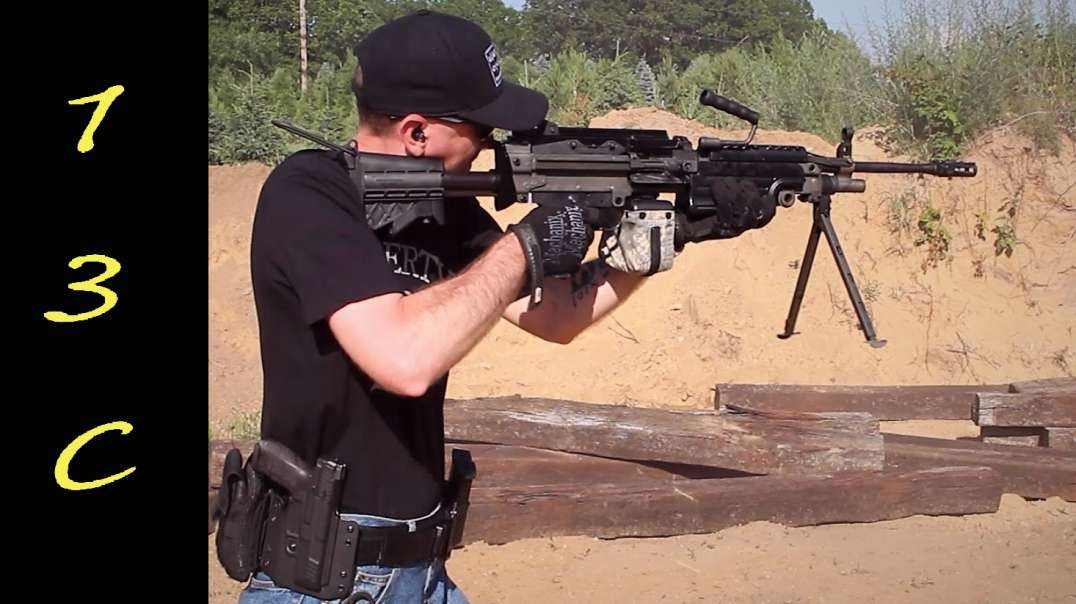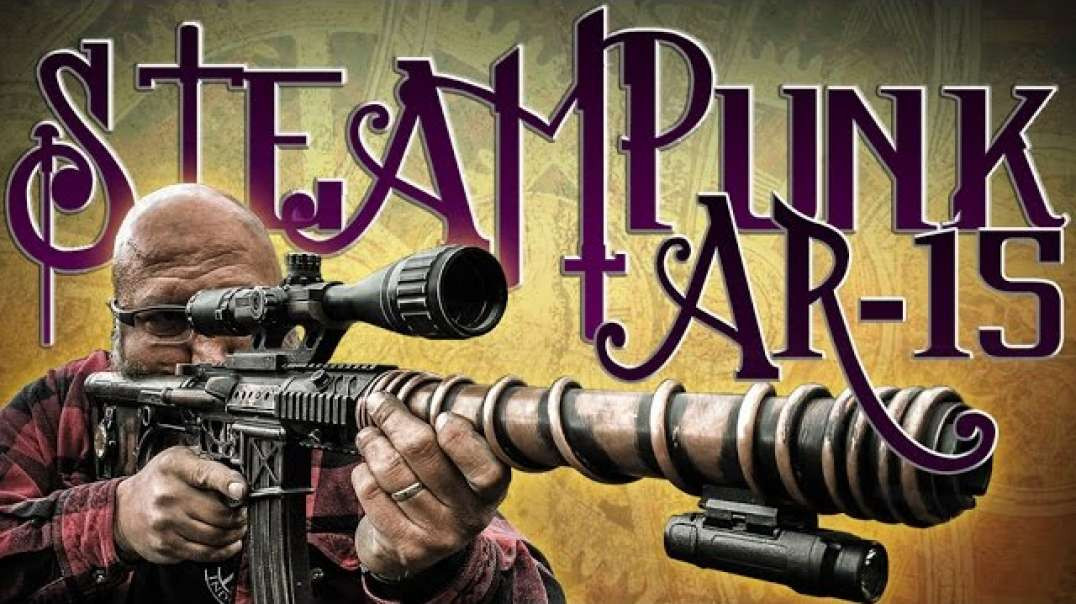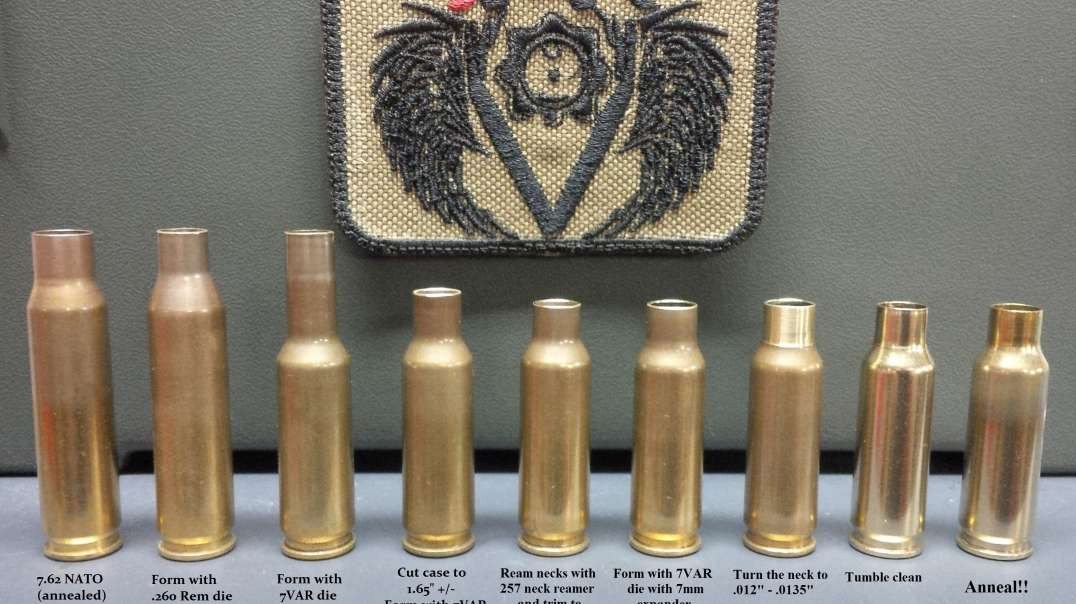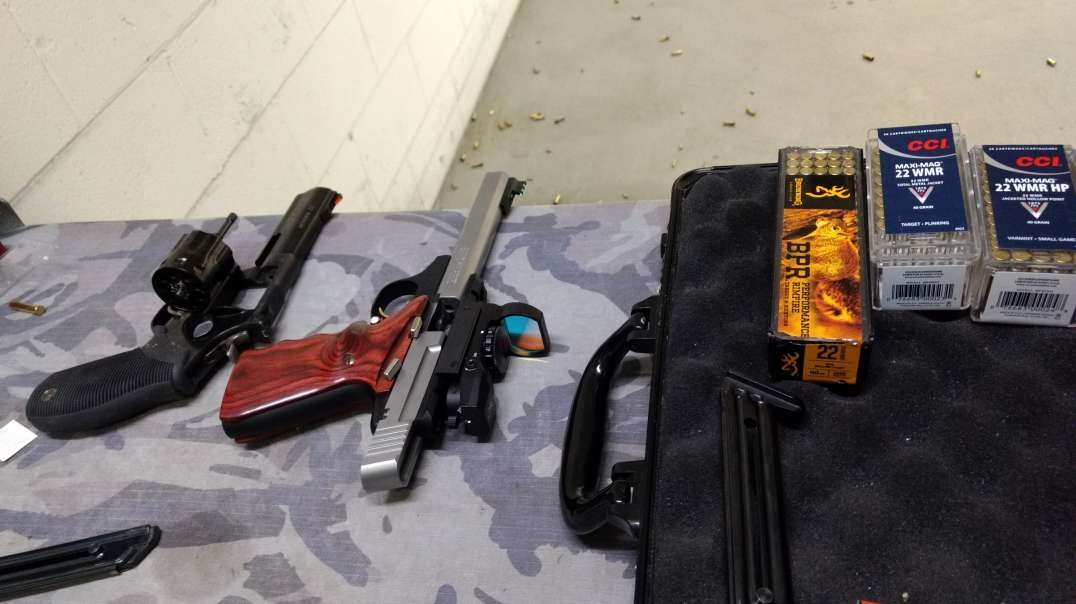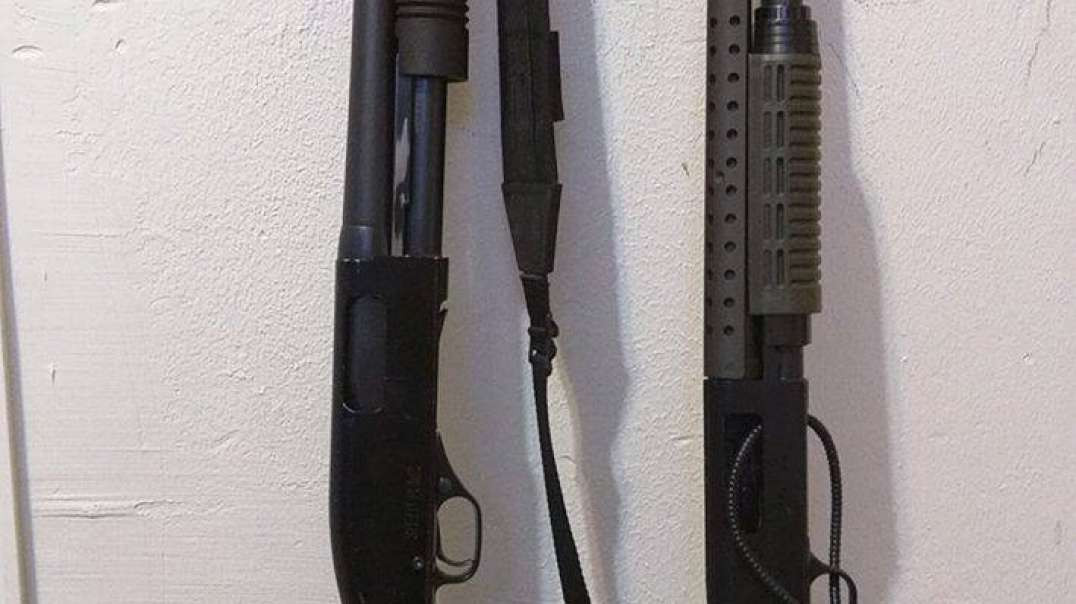The Walch Revolver: How 5 Chambers Become 10 Shots
http://www.patreon.com/ForgottenWeapons
Hammer price: $4500
Consider the problem of the pocket revolver of the 1860s. In order to be small enough to be reasonably concealable and comfortable to carry, it would typically be made in .31 caliber. That's not a lot of firepower...even back in those days when ballistics potency was rather less of a concern to buyers than it is today.But for the person who does want something more than 5 shots of rather small caliber, what is the solution?
Well, John Walch came up with an idea. Superimposed charges were not a new idea, but Walch took that concept and applied it to the pocket pistol. The idea of superimposed charges is that you load two complete sets of powder and projectile into a single chamber, and then have two separate firing mechanisms so that you can fire the front charge first and then the rear charge. This had been used in flintlock rifles for example, but Walch used it to double the capacity of a 5-shot revolver to 10 rounds. His gun had two hammers and a single trigger, which would drop the hammers in the proper order.
While to 10-shot capacity in a small package was a good idea, the gun suffered from some problems. If the rather long flash-tube to ignite the front charge in a chamber became clogged with black powder residue and the rear charge were then fired, the gun could explode. When it did work properly, it was even less powerful than a typical .31 caliber piece, as the double charges had to be a bit smaller than normal to allow space for both in the cylinder.
The guns were used by one company of Michigan Infantry during the Civil War, but never sold very well. Interestingly, they were actually manufactured by Oliver Winchester and the New Haven Arms Company...

